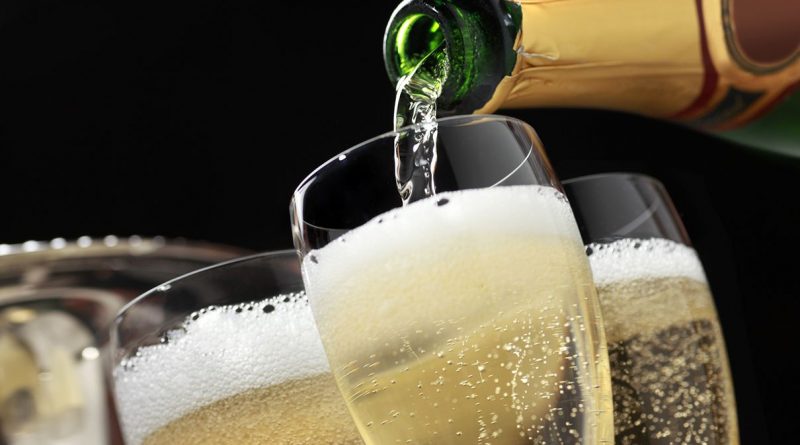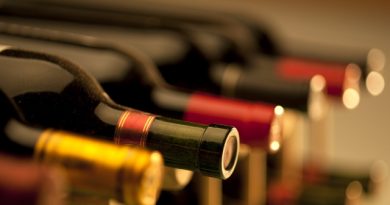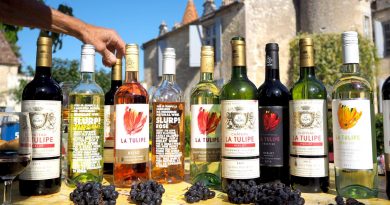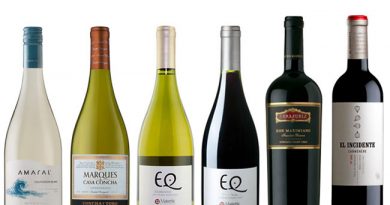What Makes Champagne Fizzy?
Utilized for toasting everything from life’s most prominent achievements to its least difficult joys, Champagne has become inseparable from the festivity.
Champagne is a French shimmering wine that is regularly used to allude to different bubblies from different spots, yet don’t be tricked — not all shining wine has the pleasure of being a genuine Champagne. This exemplary wine can possibly acquire the moniker of in case it is from the Champagne wine district of France. Expert winemakers make the eminent effervescent under severe rules, through painstakingly sharpened grape-squeezing strategies and tedious auxiliary maturation.
In case you’re an eager effervescent expert, you realize that reliable Champagne offers a particular taste and experience that other shimmering wines can’t coordinate. Regardless of your sense of taste inclinations, there is a wide assortment accessible to suit your extraordinary preferences.
Peruse ahead to discover how the unmistakable, exemplary air pockets in Champagne are made!
A Short History of Champagne
Regardless of the notable legend that Dom Perignon developed shimmering wine, it was, truth be told, made inadvertently in France during the seventeenth century — however, Perignon did without a doubt add to the quality and cycles behind its advanced emphasis.
In the good ‘ole days, rises in wine were viewed as an imperfection and acquired early forms the name le vin du diable, or “Satan’s wine,” for its capricious conduct.
When shimmering wine came to be valued for its novel taste and surface, Champagne was created by the méthode rurale, in which wine was packaged during introductory maturation. Champagne was not made by means of the méthode champenoise, which is currently viewed as the customary cycle, until the nineteenth century, at which point Champagne turned out to be generally delivered and procured omnipresent fame.
In the event that you partake in the luxury, elite quality summoned by a quality glass of Champagne, you’re in good company. Champagne was related to sovereignty well into the nineteenth century. Present-day Champagne is outstandingly drier than the beverage sovereignty of days gone by delighted in, with the assignment of Brut arising late during the 1800s.
The Science of Bubbles
The bubbly nature of Champagne, known as its fizz, is vital to the experience of appreciating it. These superb air pockets are delivered when yeasts inside the fluid mature sugars to make carbon dioxide gas. Carbon dioxide gas makes the dearest rises in all shimmering wine, including Champagne. Thusly, these CO2 bubbles produce tension inside the container that outcomes in the work of art “pop” related with opening a celebratory jug.
The measure of carbon dioxide bubbles that air pocket, or “nucleate,” inside a glass of Champagne is dictated by a perplexing arrangement of elements, including the measure of broke down CO2, the number of minute gas pockets caught inside particles, and “climbing bubble elements” like infinitesimal strands inside your glass.
These elements were as of late investigated in a review distributed by The Journal of Physical Chemistry. Through logical review filled by capricious request, analysts at the University of Reims, France, found that the “trains,” or surges of air pockets, were redirected by little gas pockets abandoned by dust particles. The concentrate likewise noticed that the radiance of your Champagne essentially influences its surface, smell, and even taste. These variables can be additionally adjusted through the temperature and slant of the flute.
Specialists gauge that each glass of Champagne has the possibility to make 1,000,000 air pockets — in the event that you leave it immaculate. The review suggests that you serve Champagne hotter than expected in case you are searching for a fizzier encounter. To upgrade the percolating impact significantly further, wipe your glass with a towel prior to serving. If you incline toward a more quiet woodwind, you should anticipate air-drying your glasses topsy turvy to diminish foaming.
Present-day Bubbles: How Champagne Is Made
The air pockets you find in your glass are the aftereffect of a long and laborious creation process. Anyway, where do these air pockets come from in any case?
While there are many cycles for making Champagne and shimmering wine, numerous devotees swear that the méthode champenoise is the chief method for making ideal air pockets.
The whole Champagne-production process happens more than about fourteen days, during which time the accompanying advances are taken:
- Tirage: Grapes are reaped and squeezed in a la cuvée process. The juice becomes liquor during the first round of aging. Then, at that point, a talented winemaker adds alcohol de tirage — an uncommon invention of sugar and yeast cells — to the still wine to make the base.
- Packaging: Base wine is tapped and filled containers. The container is fixed with a crown cap like a packaged brew and racked, on a level plane, on wooden racks known as pupitres.
- Remuage: Reumuage, or riddling, includes turning the package a quarter turn each day. The quarter-turn upsets the dregs and remains inside the container.
- Ejection: Dégorgement is the stage where the winemaker turns the container over. The dregs will get comfortable with the neck of the jug. Most winemakers will eliminate the dregs by means of freezing — leaving behind just pristine air pockets inside the Champagne.
- Measurement: If required, the winemaker will use an alcohol d’expédition, or dose, during which dryness or pleasantness is changed.




